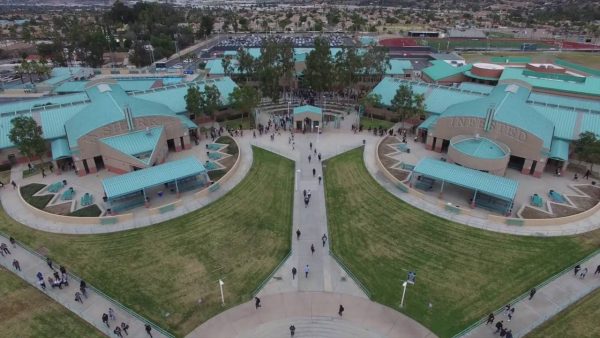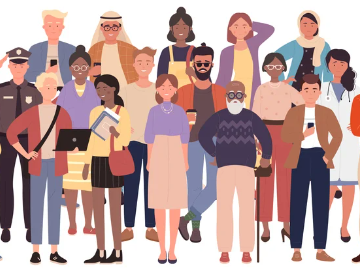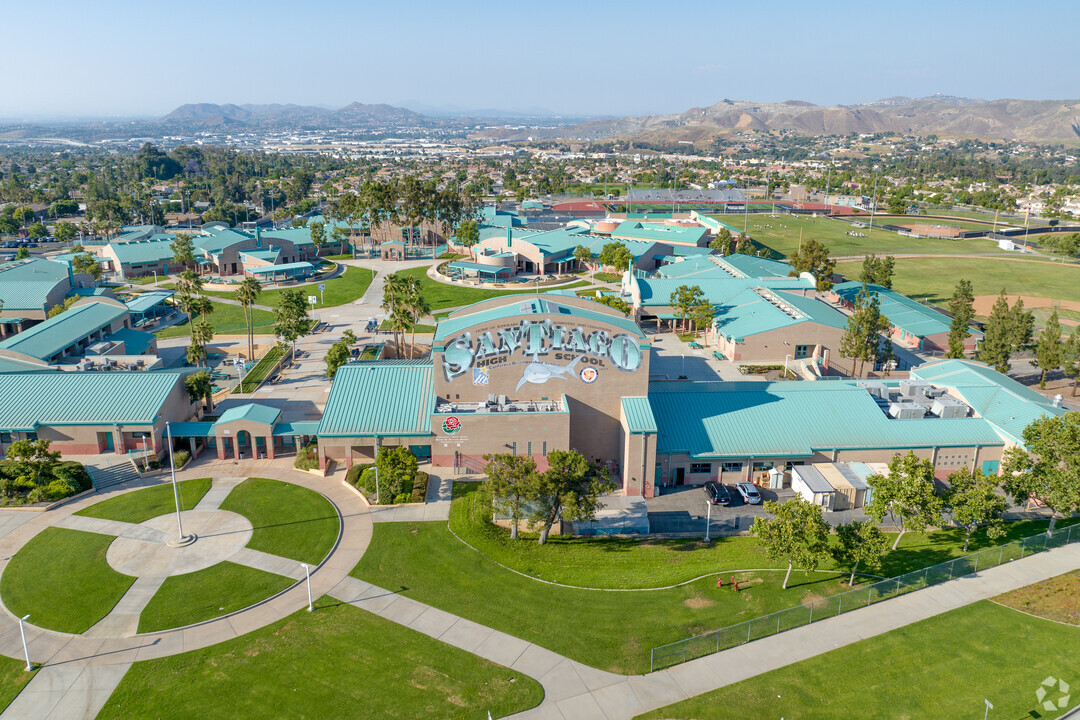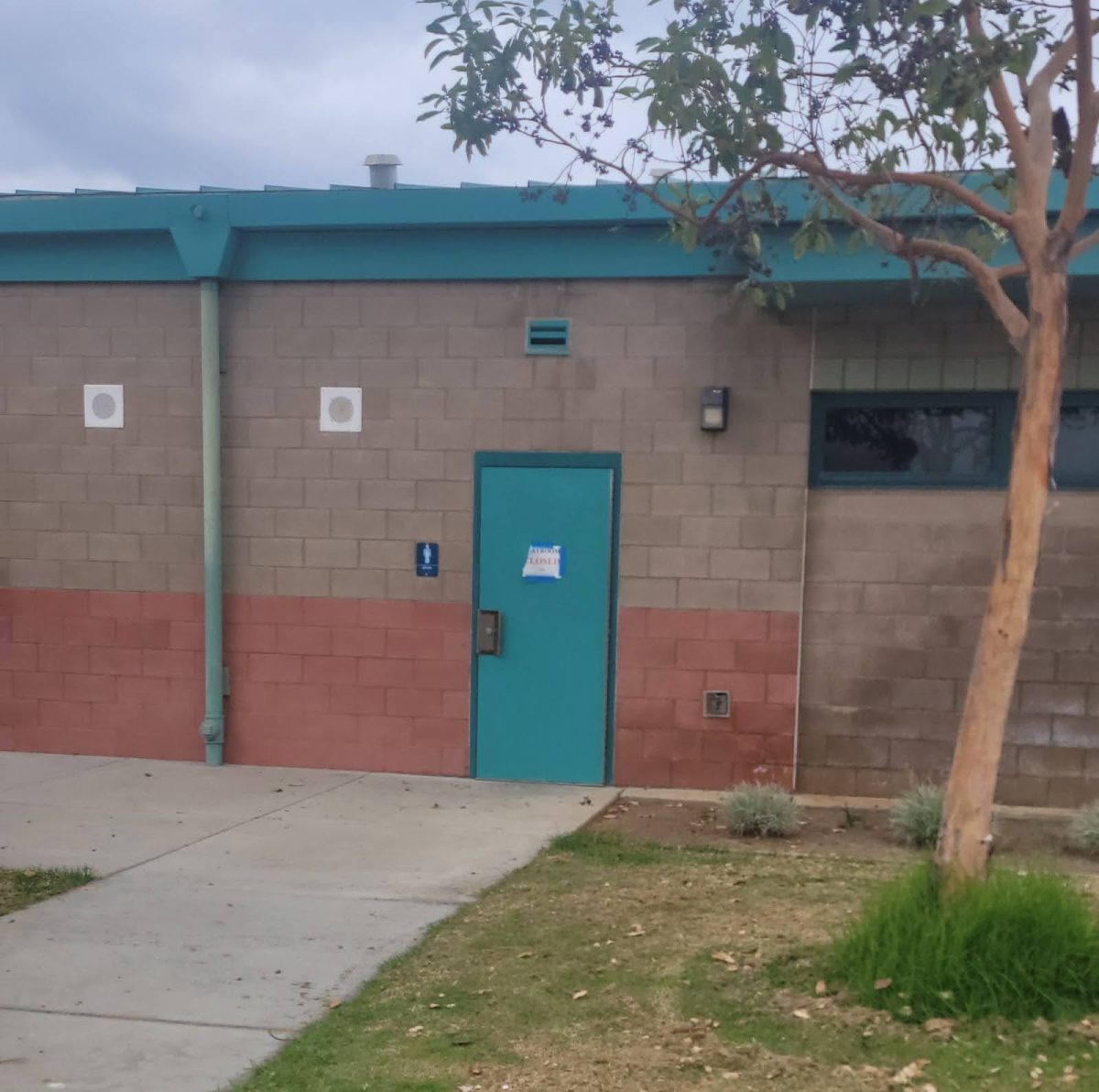Advantages of School Lunches`
 School lunches play a vital role in the daily lives of students at Santiago and millions of others in every high school; yet, students are constantly complaining about how much they hate school lunches. While to many students, it feels like schools aren’t trying very hard to provide lunches as delicious as they are nutritious, there are several factors and challenges schools must face to meet specific requirements. A lot goes into how school lunches effectively provide students with high-quality meals that are safe to eat and aid in feeding healthy minds.
School lunches play a vital role in the daily lives of students at Santiago and millions of others in every high school; yet, students are constantly complaining about how much they hate school lunches. While to many students, it feels like schools aren’t trying very hard to provide lunches as delicious as they are nutritious, there are several factors and challenges schools must face to meet specific requirements. A lot goes into how school lunches effectively provide students with high-quality meals that are safe to eat and aid in feeding healthy minds.

The school provides school lunches to ensure that children receive the necessary nutrition to support growth, development, and academic performance among their students. Although school lunches offer several benefits to students, they may also have their drawbacks, impacting the well-being of students. First, one of the most important benefits of school lunches is the nutritional benefits and support they provide. In almost every case, such as Santiago High School, the meals provided at school are designed to meet dietary guidelines that promote a balanced intake that is standard for teenagers in high school. Nutritional guidelines in schools require schools to provide students with protein, calcium, and vitamins that many students do not have regular access to at home.
In addition, school lunches have become a reliable option for families that may not be able to provide the necessary nutrients to sustain a growing mind. Although students often complain about the taste or quantity they receive at school, it is essential to note that schools have limits on what they can allow students to consume, as well as the amount that they can intake. School lunches are ensured meals that parents can count on to provide food for their children. Instead of having to worry about having enough money to buy food or time to make lunch for their children, parents can go to work relaxed, knowing that no matter what, their child will have access to free food that is healthy for their bodies.
Disadvantages of School Lunches
Again, although there are several advantages to school lunches, there are also downsides to consider when it comes to the lunches. A common criticism schools face about the school lunches is the quality and taste of the food. Oftentimes, students talk about the unappetizing taste and how the food gets cold, especially during second lunch. More complaints concerning the lunch of food running out and the extremely long lines it takes for students to get food.
 Interviews:
Interviews:
Katelyn Houy (12) “What I like about school lunches is that each building has a different menu, it’s just that the line wait frustrates me a lot, that’s what I don’t like.”
Valerie Hernandez (12) “I don’t like how the food runs out during my lunch. Because first lunch gets all the good food, and second lunch is left with all the scraps- and if you don’t have any, it’s too bad, you have to get there sooner, so I don’t like that.”
Although this might seem easily fixable to some students, due to budget constraints and staffing limitations, many schools are forced to repeat the same menu options. In turn, this causes students sometimes to feel bored with the meals and choose not to eat them at all. Like Santiago, schools have the same meals every day, with variations a few times a week, such as tacos served on Tuesdays at F building.
Of course, school lunches provide essential nutrients to students, ensuring a healthy and balanced diet that enhances their academic and physical performance both in and out of school. However, schools such as Santiago High School continually face challenges regarding food quality and variety, as they must constantly ensure that their food complies with the guidance and regulations. Although these difficulties may be a burden, schools can work towards providing meals that are both enjoyable and nutritious to all students.







